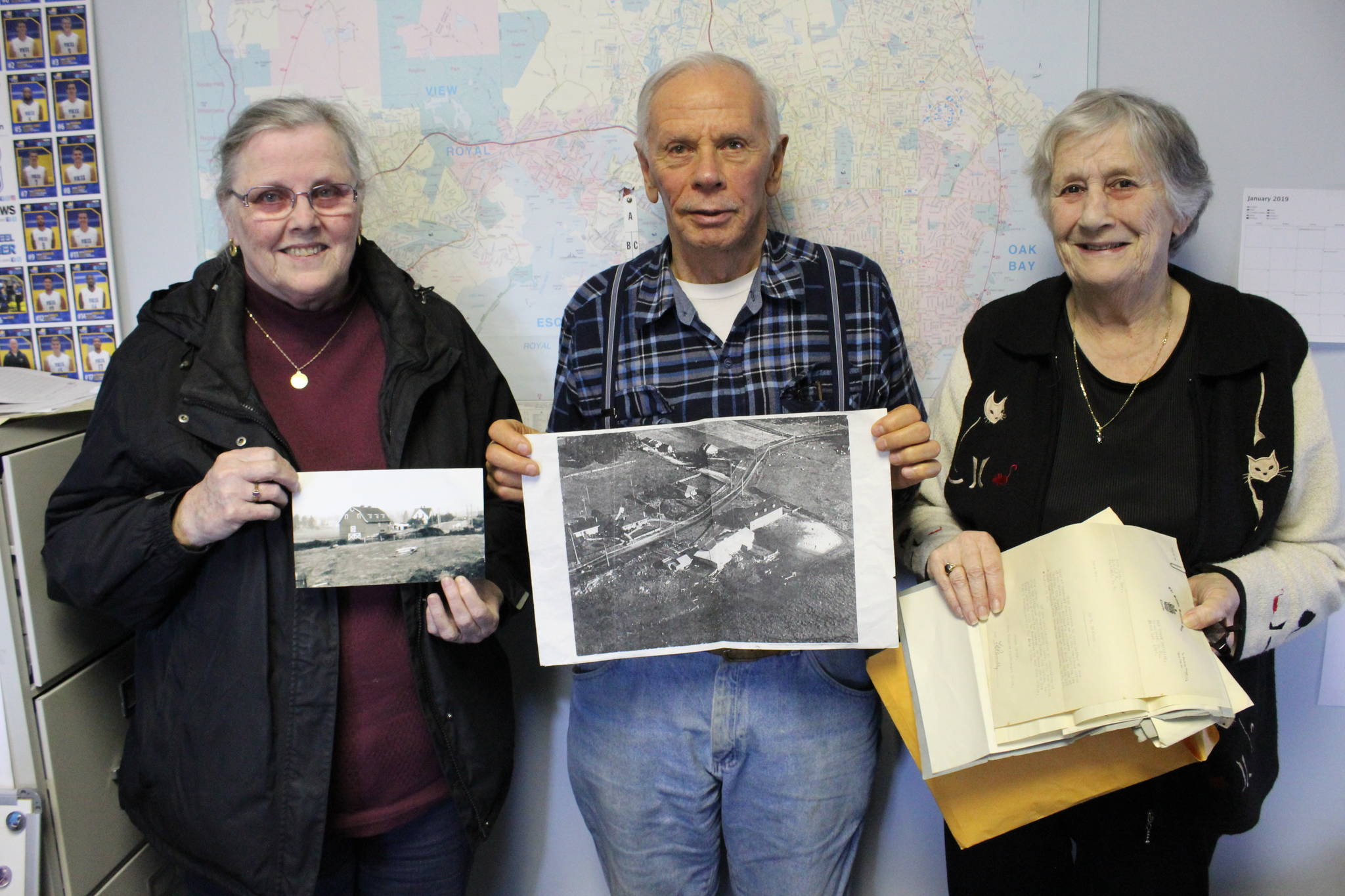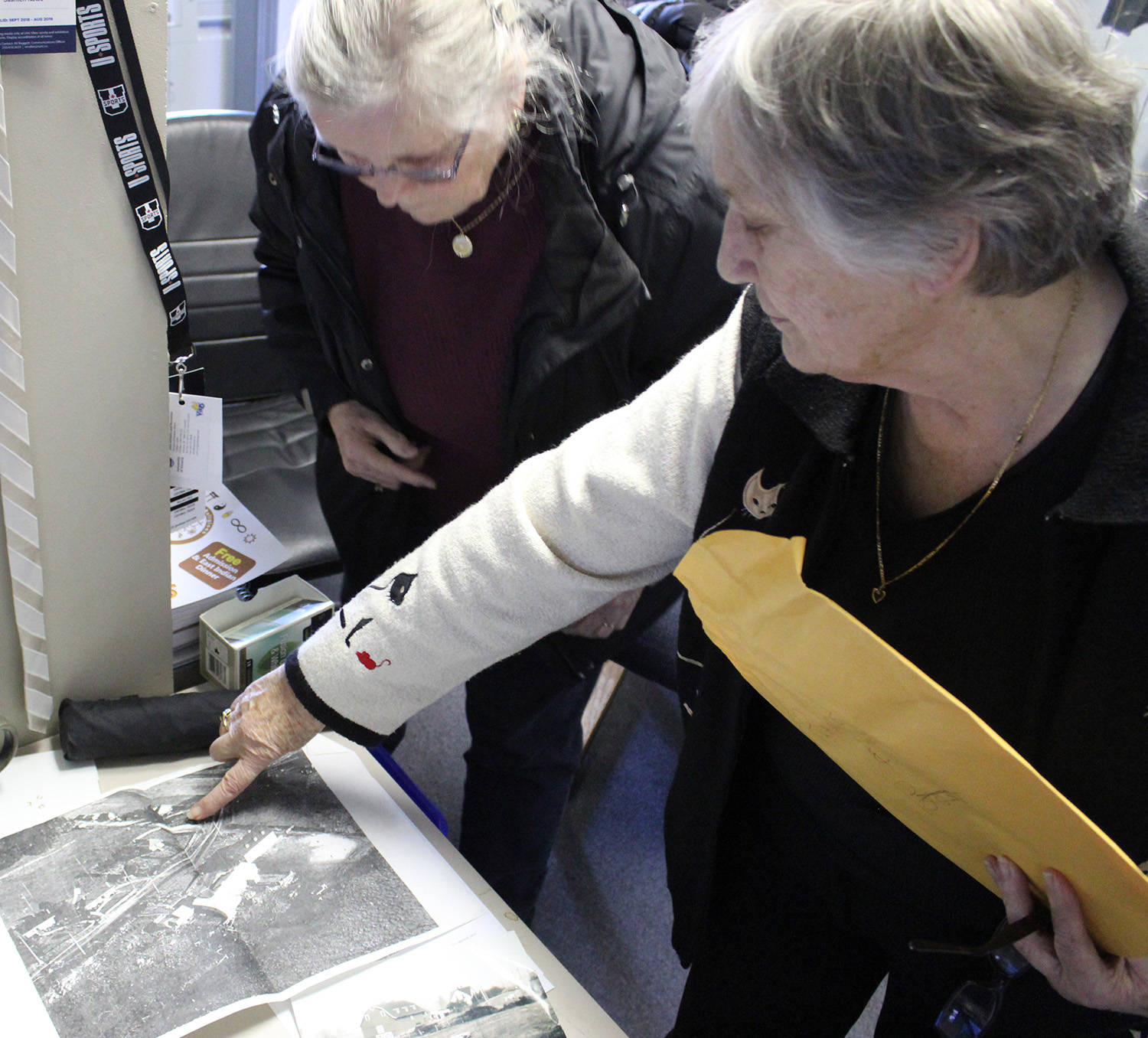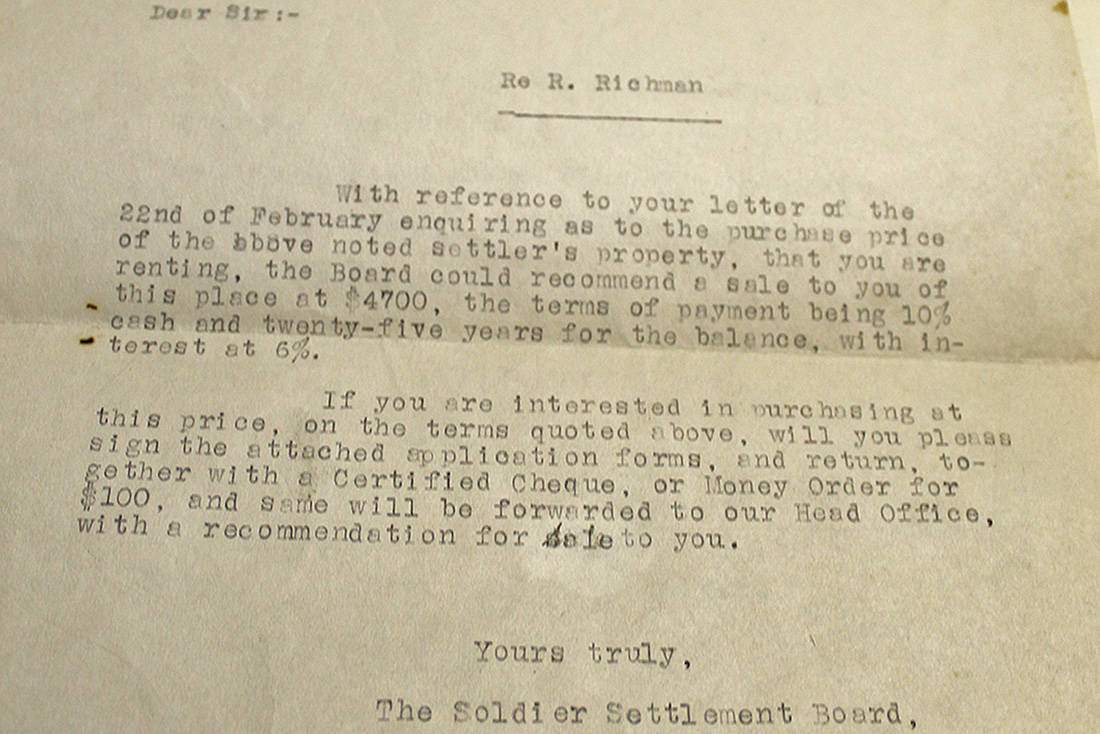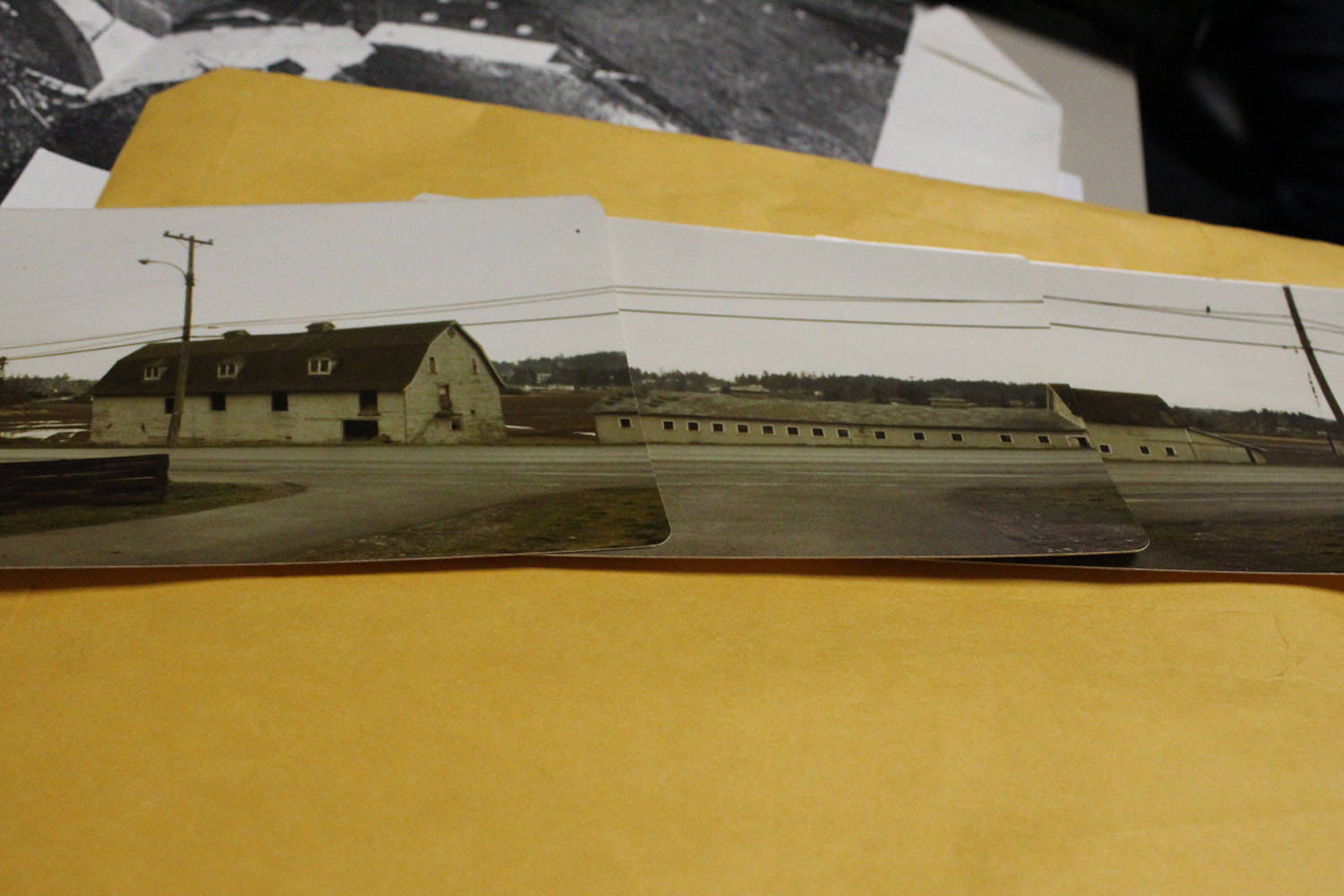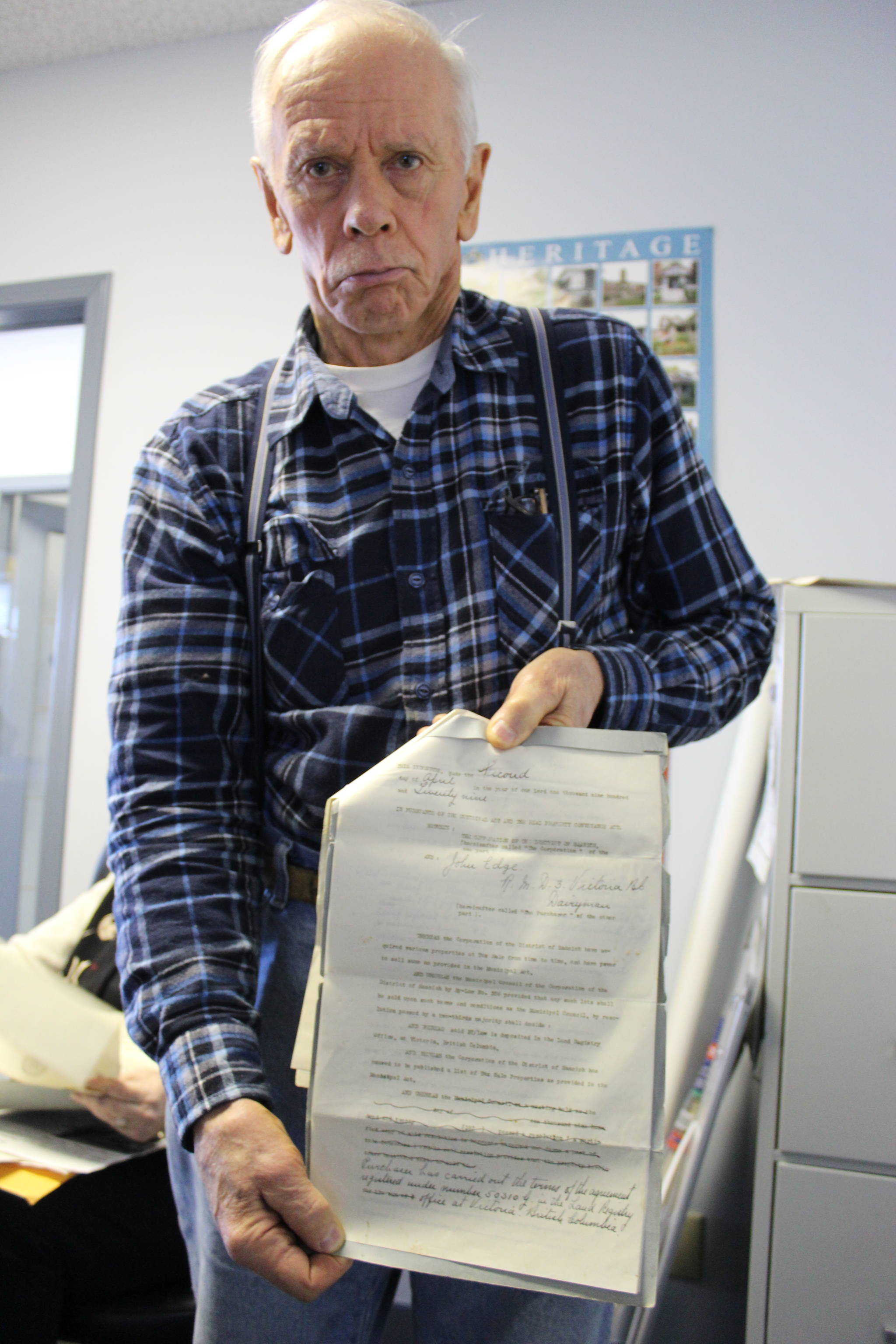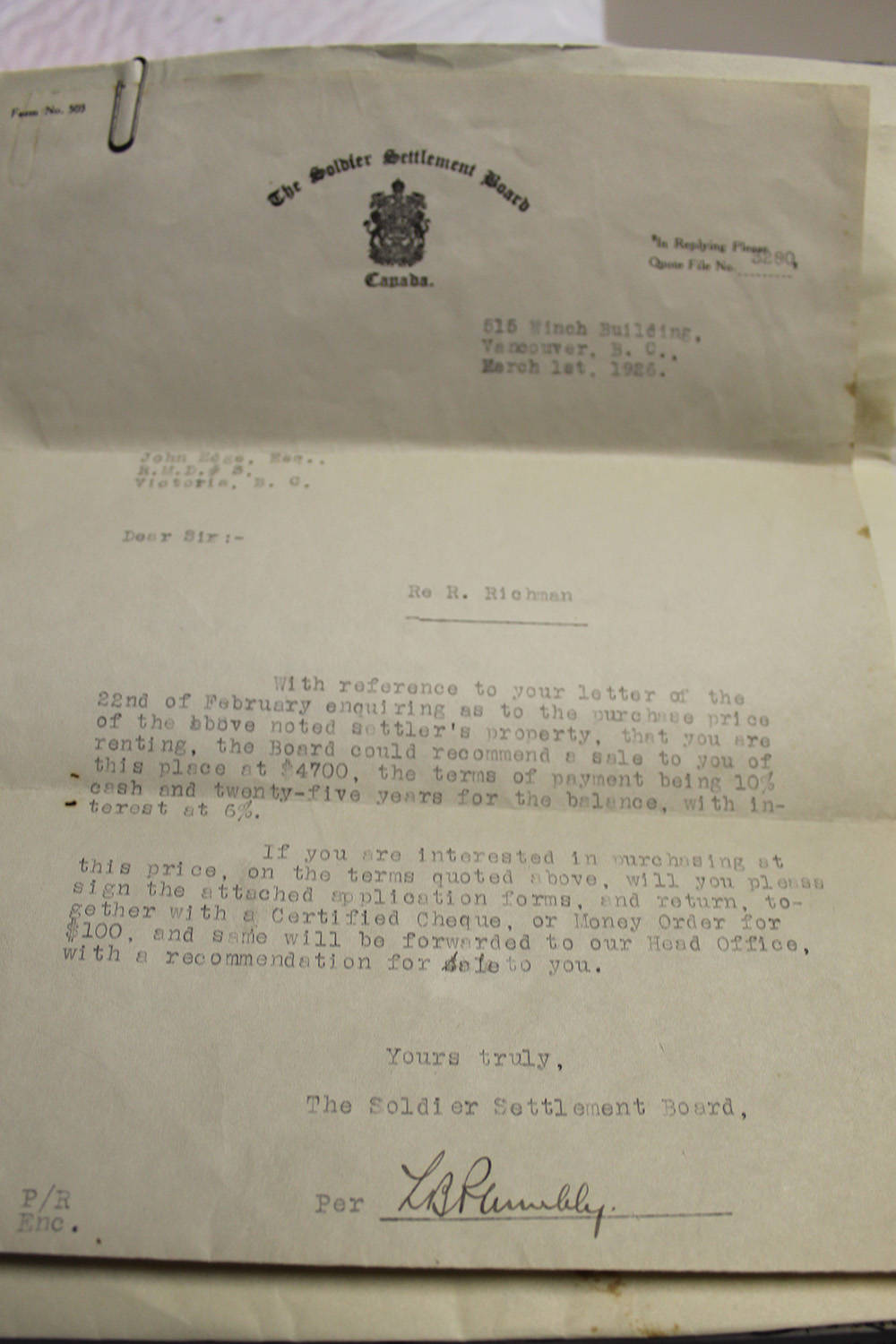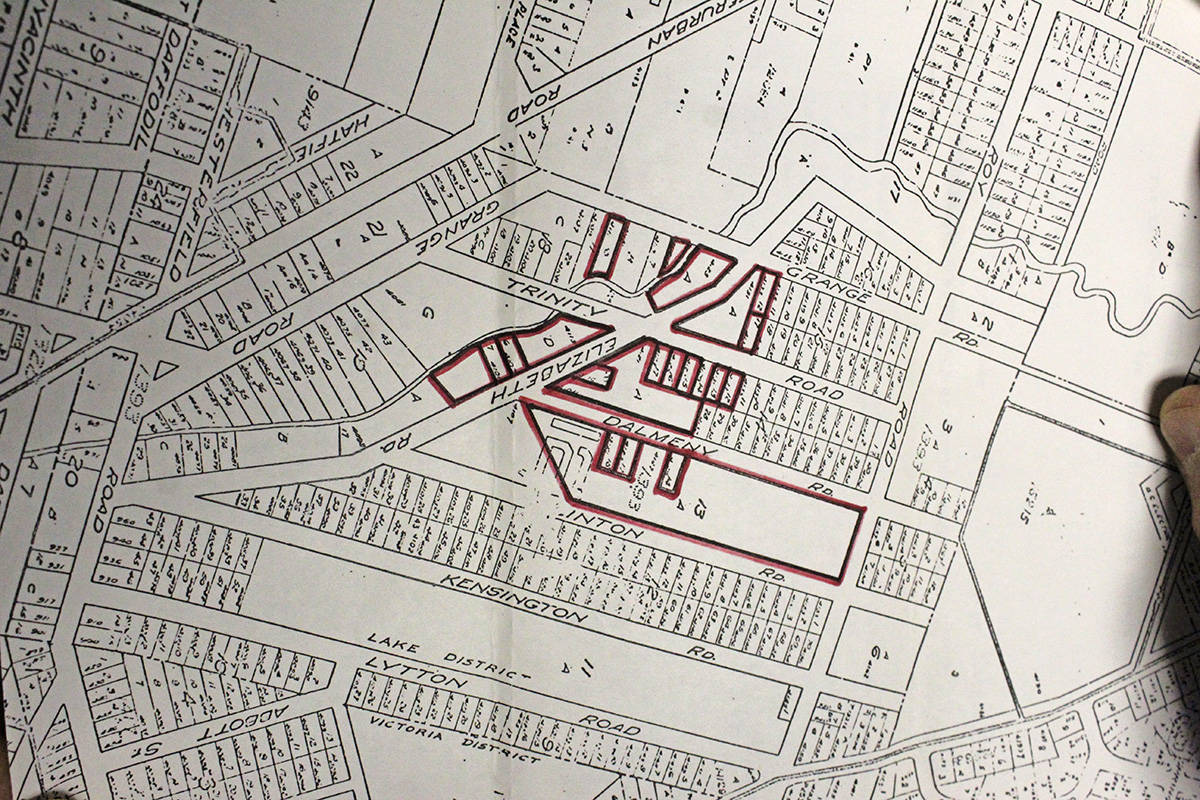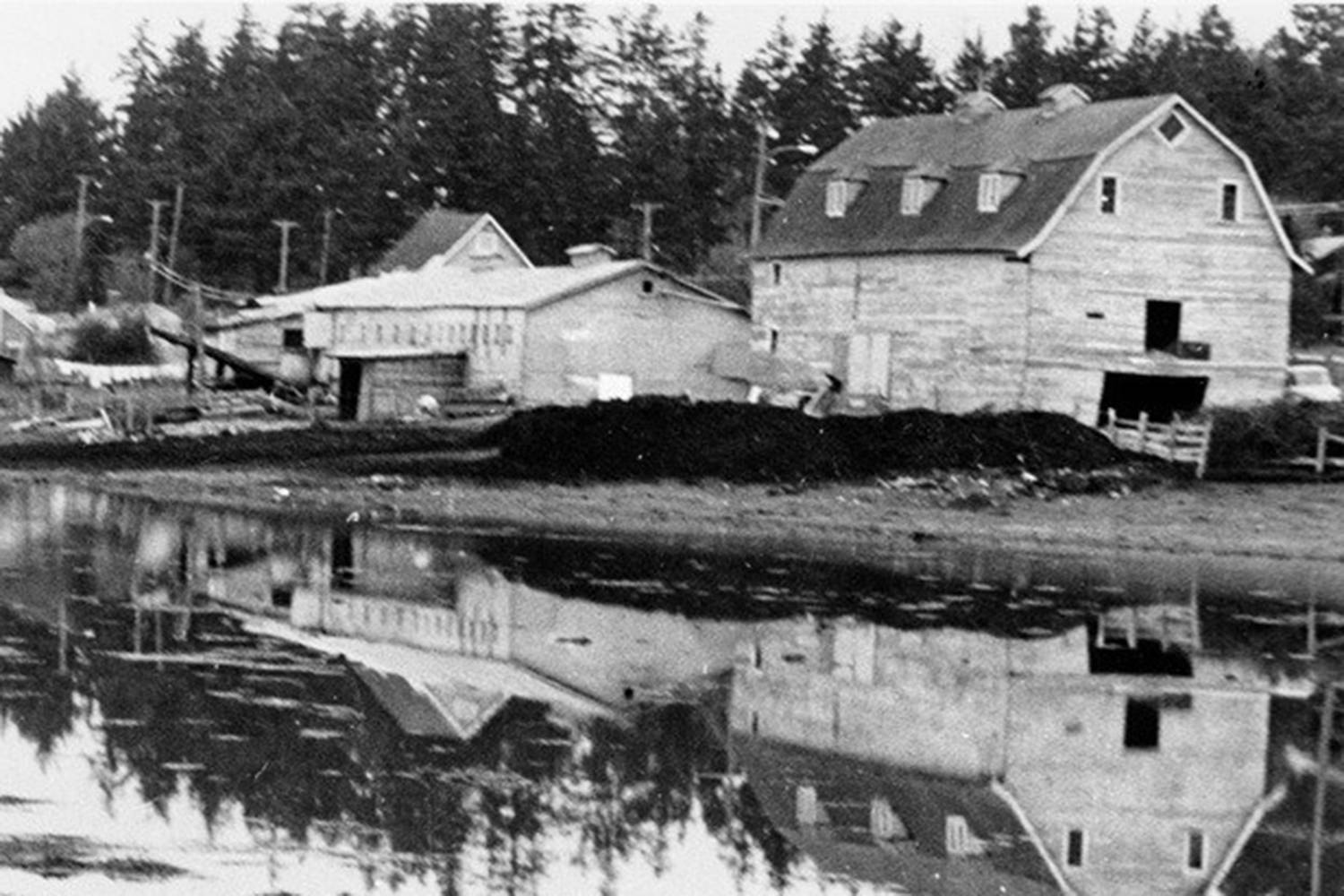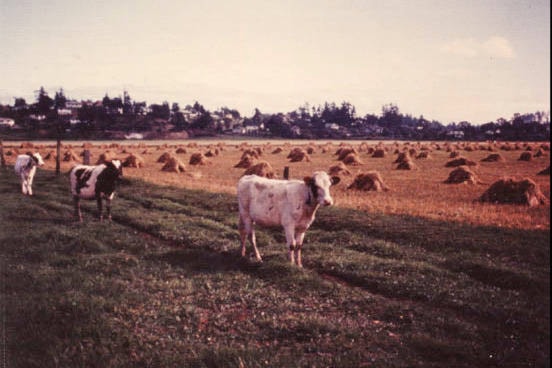As far back as Betty Beecroft can remember, the fields of Panama Flats were flooded.
Until the 1970s the Edge family used the land as a dairy farm.
Born on the property in 1939 Beecroft, nee Edge, remembers her father Bill Edge returning from James Bay in the 1940s where he delivered the family product door-to-door.
(Inset photo: Barn and flooded field of Edge farm at Panama Flats in 1972. Saanich Archives/CR-124-1982-001-028)
Among the customers was one James Bay artist, Emily Carr. Later she became a Canadian icon but at the time, Carr was among the least popular stops on Bill’s route. On one occasion, with her frugal purchasing demands fresh in his mind, Bill drearily ascended the steep two-storey set of stairs to her apartment. When he got there, and knocked on the door, she asked for a quarter pint of cream.
Not this time, he decided.
“He must have decided it wasn’t worth descending back to the cart only to carry the wee bit of cream all the way back up those stairs,” Betty said.
READ MORE: Seven years later Saanich still stalling on Panama Flats
So Bill told Carr he was out of cream. Bill then carried on down the street and sold cream to none other than Carr’s sister. On his next call to Carr’s apartment, Bill was greeted with an earful.
Yet that was nothing compared to the time Carr couldn’t pay her bill.
“She offered a painting instead,” Betty said.
Imagine that.
But ‘Bompa’ said no. Bompa was what Betty and her sister Pat called their grandfather John Edge (Bill’s father). An Englishman who moved to Victoria in 1912 (he initially worked on Rogers Farm), in 1929 Edge paid $4,700 ($470 in cash, the rest on a 25-year-loan at 6 per cent) for 100-acres for what’s known as Panama Flats from Saanich through the Soldier Settlement Board (he was not a soldier).
READ ALSO: Saanich buys 62-acre Panama Flats for $2.4 million
“Who knows what that painting would have been worth,” Betty said. “But Bompa said ‘No, I don’t want any of that stuff.’ He ran his business like an English baron.”
The stories are endless.
A baron, maybe, but Bompa was well known in the community.
Each winter skaters came from miles around to enjoy the smooth ice of Panama Flats, and Bompa obliged. That included the lighting of many bonfires locals started to keep warm.
“Everything was fine until Bompa or [Bill] caught someone cutting the fence wire or using a fence post as fuel [for a bonfire],” Beecroft recalls. “A couple times people snuck in the barn to steal hay for their fire, other wise it was fine.”
The house and barn were on high ground as the flood waters would reach depths up to six feet.
John met his wife Ellen, also an English immigrant, in Victoria in 1914. Funny story, she was already an Edge by birth. Ellen gave birth to Bill in 1914 and together they settled the Panama Flats property where Bill, and Betty’s mom, Mary, also raised their family. Betty was born in the old house in 1939. They all lived in houses on the ‘high ground’ near Carey Road.
Bompa originally paid for the land knowing a planned subdivision of the land would never happen because of the flooding.
“We were always told they put houses along the other side of the field, closer to Interurban, and that ‘they floated down the Colquitz,’” Pat said.
Exactly what that meant, whether the houses actually floated away, is unknown. The point is, the Colquitz has always swelled in winter and spring and the field has always flooded. Putting a house next to the Colquitz was naive. The middle of Panama Flats is sea level.
READ ALSO: Saanich endorses plan for food production on Panama Flats
“I remember sections of the land shaking and rolling like a wave when you ran over it on a horse, or were on it when a tractor drove by,” Pat said. “It’s soil on clay on peat bog, and it’s soaking wet.”
The Edges never had to irrigate it. They allocated 20 acres for Canarygrass hay (which was useful as it started growing before the winter flood had drained) that grew six feet high and another 30 acres to oats. It was all food stored in the barn for the 75 head of cows.
The Edges sold the remaining land to the Vantreight farming family in 1972 but not until after Saanich turned down a “sweet deal” to buy it for $1,000 an acre, Betty said.
Betty and Pat’s mom Mary lived in a house across the street from the flats on Carey Road until she died in 2012, just when Saanich purchased the remaining portion from Island Berry. Betty remembers visiting when Island Berry put in load after load of fill.
“I don’t think it can be farmed anymore,” she said. “After it flooded, whatever they put in there, it really smelled, I would think it’s too contaminated now.”
Like us on Facebook and follow us on Twitter
